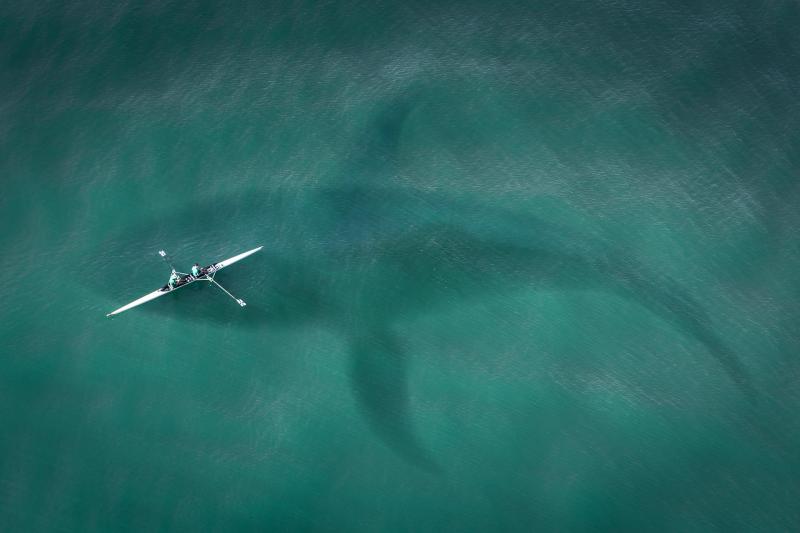In recent years, there has been growing interest in the trends surrounding shark attack frequency. Data compiled from various sources, including government reports and international shark research organizations, reveal a fluctuating pattern of incidents over the decades. While there are spikes in recorded attacks, it is crucial to consider factors such as population growth and increased ocean activities, which contribute to the number of encounters between humans and sharks.
Historically, the mid-20th century saw relatively low shark attack frequency, but as tourism and recreational water activities increased, the numbers began to rise. Reports indicate that warmer waters and changing ecosystems have also influenced shark behavior, making certain areas more prone to encounters. Coastal regions, especially those popular for beach recreation, tend to experience higher shark attack frequency due to more people swimming in the ocean.
Interestingly, advancements in technology and communication have also played a role in how we perceive shark attack frequency. With social media and 24-hour news cycles, incidents are often reported quickly and widely, leading to heightened awareness and fear. This exposure can skew public perception, creating an impression that attacks are more common than they may have historically been.
Additionally, research indicates that most shark species are not inherently dangerous to humans. The majority of shark attacks are not fatal, and many can be attributed to mistaken identity. As we continue to study shark behavior and advocate for conservation, understanding the true statistics behind shark attack frequency is essential for accurately assessing the risks involved with marine activities.
Factors Behind Increased Shark Encounters
As we delve into the reasons behind the rising trend in shark encounters, several key factors come to light. One of the primary contributors is the increased popularity of beach activities. More people are participating in ocean-related sports, such as surfing, paddleboarding, and swimming, thus diving into waters where sharks are naturally found. This heightened human presence in their habitat leads to more opportunities for interactions, raising the shark attack frequency.
Another significant factor is the changing marine environment. Climate change brings about warmer ocean temperatures, which can alter shark migration patterns and their feeding habits. Sharks may venture into new areas in search of food, leading to more frequent encounters with humans. Additionally, coastal development can impact local ecosystems, disrupting the natural balance and pushing sharks closer to populated areas.
Furthermore, the rise in social media and instant communication plays a role in how we perceive shark attack frequency. News about shark sightings and attacks spreads quickly online, amplifying our awareness and sometimes fear of these encounters. This heightened focus can create a perception that shark attacks are increasing, even if the actual numbers remain relatively stable when adjusted for the growing population of beachgoers.
Lastly, the increase in shark conservation efforts has led to a healthier shark population in some regions. Shark populations are rebounding due to protected marine areas and bans on overfishing, which, while good for the ecosystem, can lead to more interactions between sharks and humans. As sharks return to their native habitats, encounters become more common, impacting the overall shark attack frequency statistics.
Safety Tips for Beachgoers
When visiting the beach, it's essential to prioritize safety, especially considering the ongoing discussions about shark attack frequency. While these incidents are rare, understanding how to stay safe can help ease anxiety and ensure a fun day in the sun.
First and foremost, swim in groups. Sharks are less likely to approach a larger number of people, so having friends or family around can increase your safety. Also, try to stay close to shore where the water is shallower. This not only makes it easier to escape if a situation arises but also ensures you're in a more controlled environment.
Avoid swimming at dawn or dusk, as these are peak feeding times for many shark species. Additionally, steer clear of areas where fishing is taking place. The bait and blood in the water can attract sharks, increasing the chances of an encounter. Being mindful of these factors will help mitigate risks associated with rising shark attack frequency.
Finally, stay informed about local beach conditions and any warnings from lifeguards. They are trained to recognize potential hazards, including shark activity in the area. If you hear about recent sightings or a spike in shark attacks, it might be wise to choose another beach or postpone your swim until conditions improve.
Conservation and Shark Population Growth
Conservation efforts play a vital role in the growth of shark populations around the world. Sharks are essential to marine ecosystems, helping to maintain the balance of ocean life. Unfortunately, many shark species have been significantly reduced due to overfishing, habitat loss, and pollution. By implementing conservation measures, we can ensure that these impressive creatures have a chance to thrive once more, thereby impacting the natural balance in our oceans.
One of the most effective strategies in shark conservation is the establishment of marine protected areas (MPAs). These designated zones allow shark populations to recover in a safe environment, free from fishing pressures. As sharks begin to repopulate areas, their natural behavior and role as apex predators become evident. This resurgence can lead to healthier marine ecosystems, which benefits both the sharks and the species that coexist with them.
As shark populations grow, we may also observe changes in shark attack frequency. Some people fear that increased shark numbers could lead to an uptick in encounters with humans. However, research has shown that sharks typically do not target humans as prey. With a better understanding of shark behavior and a focus on public education regarding ocean safety, communities can coexist with sharks while minimizing the risk of attacks.
Ultimately, the conservation of sharks is not just about protecting one species but about ensuring the health of our oceans. The more we do to support shark populations, the more balanced marine ecosystems become. This balance can help mitigate concerns about shark attack frequency, as thriving shark populations can more effectively maintain their natural roles within the ocean. By prioritizing conservation, we pave the way for a safer and more vibrant future for both sharks and humans.







